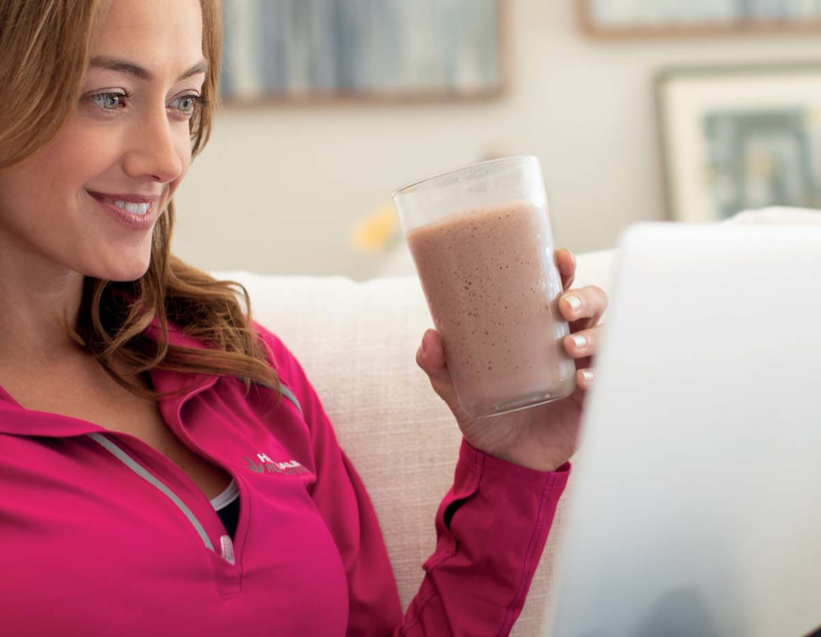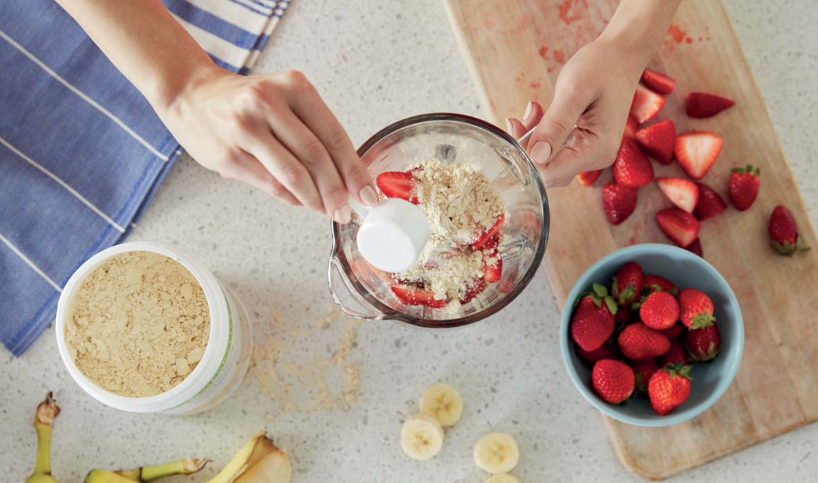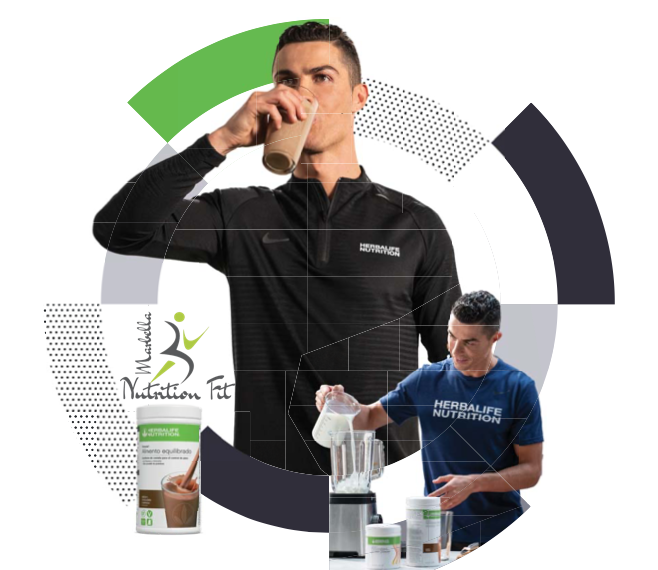What science says about creating healthier habits
Healthier habits you can learn in our 21-day challenge
The way habits are created is amazing, in large part because most of us don’t realize we’ve created a habit until we try to break it or change an aspect of our lifestyle for the better. Most habit building takes place in the subconscious; hence they are so difficult to overcome.
It can often seem impossible to break a habit, but science shows that it is possible.
Our actions span a spectrum from the conscious to the unconscious. When we act less consciously, we say we do it out of habit. Our brain wants to go into autopilot mode as much as possible. This is more efficient and frees up energy to search for risks and information that may be useful for survival.

Anatomy of a habit
This natural tendency to want to perform everyday actions on autopilot is the root cause of good and bad in health. If you want to break the routine and establish a new automatic response, be careful because it is not easy. Ask anyone who started a New Year’s resolution and ultimately abandoned it before spring is over.
Psychologists like Richard Thatcher and BJ Fogg have described the anatomy of a habit. It is recognized that once a habit is created, especially if it is vigorously adopted, it never completely goes away. Mental wiring remains present and is the reason why it is possible that old habits that were believed to be extinguished reappear in certain circumstances.
But here comes the good stuff! Once we understand that many actions that are habitual have a trigger or signal, we can begin to think about using the power of that signal to get a more positive response.

Add visual reminders to create better habits
Every morning, there are three things we do consistently, without fail. Go to the bathroom, brush our teeth and make coffee. Getting up in the morning is a trigger for taking certain actions.
What if we want to add a few actions? Suppose we go for a run and have a protein-rich drink in the morning for breakfast. One approach would be to start matching cues and actions.
Every day, we can place the protein powders next to the coffee as a visual reminder (and reduce the barrier to action by having it easily accessible), in addition to placing the running clothes in the bathroom next to the sink. Matching is just one example of how we can take advantage of a clue to facilitate a new action.
The power of clues and actions
Habits must be created carefully. It takes time and well-planned techniques not only to initiate an action, but to begin to integrate it into your daily life. Habits can be incorporated in relatively small steps. These steps (when taken together) can produce excellent results and are often easier to handle than big radical changes, which can be unsettling.
Find out about our rest of 21 days to change to healthier habits.

